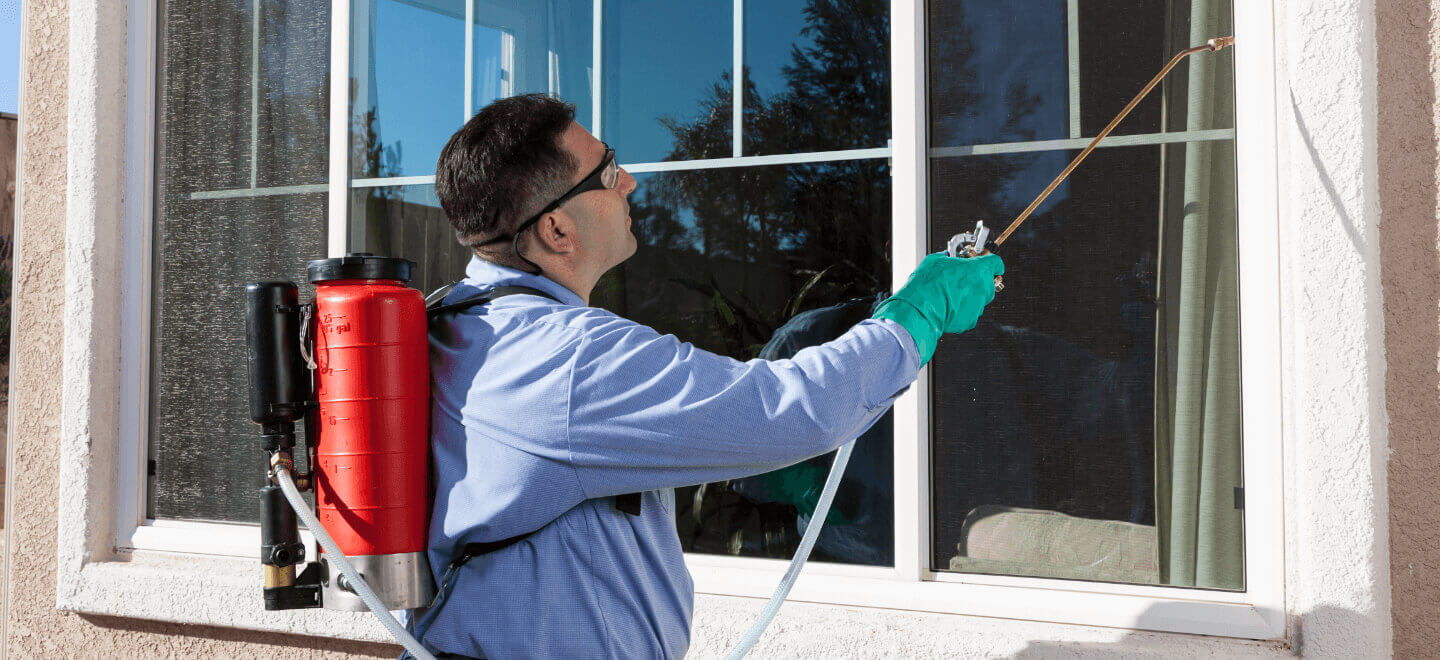Effective Insect Control Providers: An In-Depth Appearance at Extermination Techniques and Avoidance Measures
In the realm of pest control solutions, the successful monitoring of infestations calls for a thorough method that integrates various strategies and steps for both elimination and avoidance. From Integrated Insect Monitoring (IPM) strategies that focus on lasting remedies to chemical elimination techniques designed for targeted removal, the arsenal versus bugs is huge and multifaceted.

Integrated Insect Monitoring (IPM) Methods
Integrated Insect Monitoring (IPM) Strategies incorporate a thorough technique to pest control that focuses on monitoring, control, and prevention approaches to efficiently manage parasite populations. By integrating various methods, IPM intends to lessen the effect of bugs while also decreasing the dependence on chemical pesticides. Avoidance lies at the core of IPM, emphasizing methods like appropriate cleanliness, maintenance of health, and securing entrance indicate discourage pests from infesting structures. Surveillance plays a crucial function in IPM by consistently evaluating and identifying insect levels to determine the suitable treatment limits. Control methods in IPM prioritize making use of physical, biological, and cultural techniques before transforming to chemical therapies as a last option. These approaches include presenting all-natural killers, environment alteration, and utilizing capturing gadgets to maintain bug populations in check. On the whole, IPM cultivates a eco conscious and lasting strategy to pest administration, promoting long-term options that protect both human health and the ecological community.
Chemical Elimination Strategies
Chemical extermination methods are commonly employed in insect control services to properly eradicate parasite populaces that position a hazard to human wellness and residential or commercial property. These techniques involve using different chemical substances particularly created to target and eliminate bugs such as pests, rats, and various other undesirable creatures. The application of pesticides, pesticides, rodenticides, and various other chemical representatives is very carefully managed to make sure maximum efficiency while lessening dangers to people, animals, and the setting.
One of the essential advantages of chemical elimination strategies is their capability to supply fast and targeted results, making them especially beneficial in instances of severe infestations or immediate parasite control demands - a1 portland bed bug exterminator. Nonetheless, it is important to emphasize the significance of appropriate handling, application, and disposal of these chemical items to prevent unexpected damage
In addition, integrated bug monitoring (IPM) techniques usually combine chemical extermination strategies with other approaches such as sanitation, environment modification, and biological controls to create a thorough and lasting parasite control strategy. By integrating chemical extermination techniques carefully within an IPM structure, bug control solutions can successfully take care of insect populaces while reducing possible dangers to human health and wellness and the setting.
Biological Pest Control Techniques
Using all-natural killers and parasites to take care of pest populaces is a lasting method referred to as biological parasite control. This approach harnesses the natural systems of the environment to manage insect populaces without counting on synthetic chemicals. One typical organic control method includes presenting natural enemies of the target pest species, such as ladybugs for aphid control or nematodes for termite problems. These natural killers eat the insects, aiding to keep their populaces in check.
Another reliable organic control method is making use of microbial pesticides. These are naturally occurring microorganisms, such as fungis, infections, and germs, that particularly target and contaminate particular bug species. By making use of these microbial representatives, insect populaces can be successfully reduced without damaging valuable microorganisms or creating injury to the atmosphere.
Physical Insect Prevention Measures
Implementing physical pest avoidance measures entails using barriers and architectural adjustments to hinder insects from infesting a home or going into. Installing door sweeps, displays on windows, and securing splits in the foundation can assist avoid bugs like pests and rats from obtaining gain access to indoors.
An additional physical prevention procedure is the usage of obstacles like secure fencing to maintain bigger pests such as deer or raccoons away from the building. By carrying out these physical pest avoidance procedures, residential or commercial property owners can significantly lower the risk of bug invasions and the damages they can cause.
Specialist Pest Evaluation Treatments
Performing methodical and complete pest assessments is a basic facet of expert parasite administration procedures. Specialist bug examiners are trained to meticulously analyze buildings for indicators of infestations, recognizing pest varieties, entry points, and conducive problems. The evaluation procedure typically begins with an extensive analysis of both the exterior and interior of the facilities. This involves checking for insect droppings, chomp marks, nests, and any kind of structural damage that might indicate pest activity. In addition, inspectors may utilize specialized devices such as dampness meters and borescopes to identify hidden infestations within walls or crawl areas.

Verdict
Finally, reliable insect control services use a variety of techniques, consisting of Integrated Bug Management techniques, chemical extermination approaches, organic controls, and physical avoidance measures. Expert parasite assessment procedures play a vital a1 portland pest control bed bugs function in determining and attending to pest problems in a prompt fashion. By implementing a combination of these strategies, building proprietors can effectively protect against and take care of parasite infestations.
From Integrated Bug Management (IPM) approaches that prioritize lasting solutions to chemical extermination methods made for targeted elimination, the toolbox versus bugs is vast and diverse.Integrated Bug Management (IPM) Methods encompass an extensive strategy to pest control that focuses on control, prevention, and tracking approaches to effectively take care of insect populations.Chemical extermination methods are frequently used in parasite control solutions to successfully eliminate pest populations that present a hazard to human health and wellness and building.Utilizing natural killers and bloodsuckers to take care of insect populaces is a sustainable approach understood as organic insect control.In verdict, reliable pest control services utilize a range of methods, including Integrated Pest Monitoring strategies, chemical elimination techniques, organic controls, and physical prevention procedures.